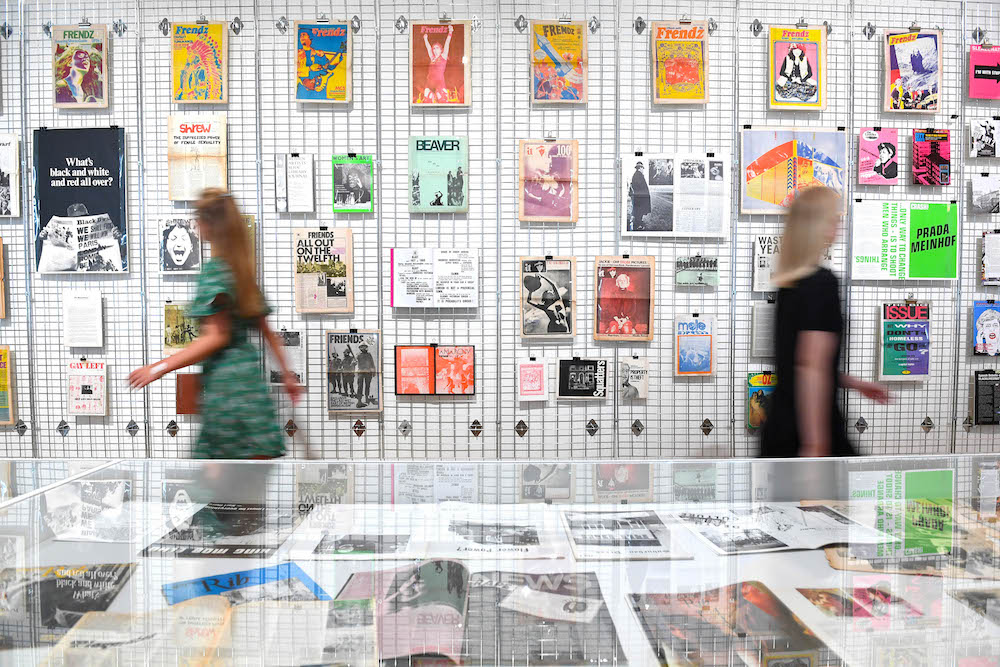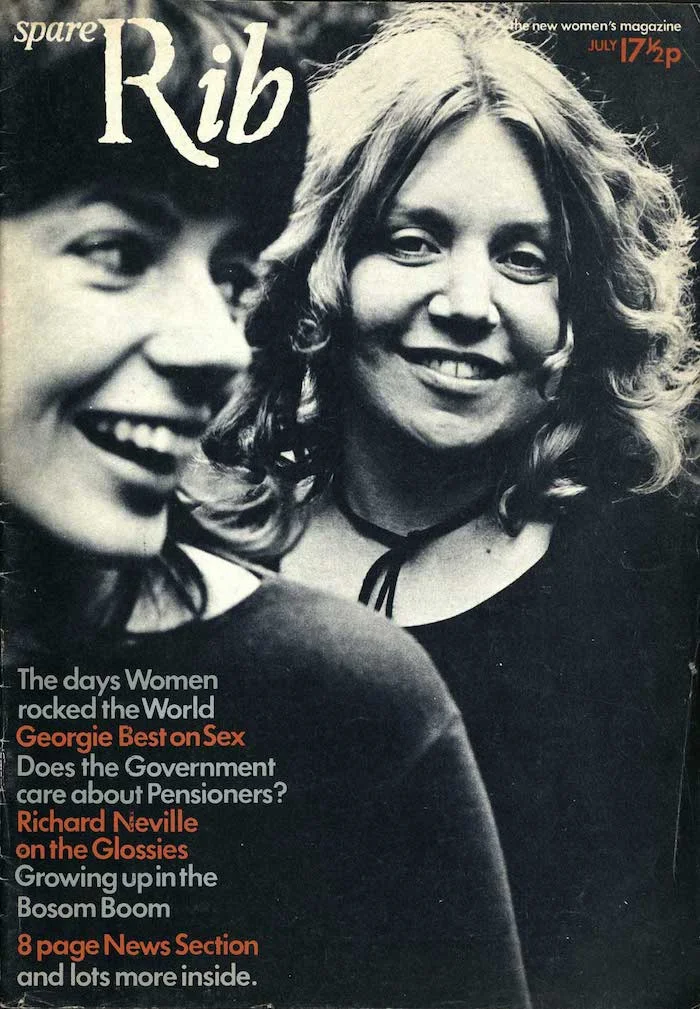
Happy birthday to us! Our first issue was published eight years ago this month. Look how we've grown...
It should come as no surprise, but we’re print lovers through and through. Oh Comely was created in response to the disappointing options of women’s magazines available, seemingly focused on celebrity, diets, money – and with the habit of making their readers feel worse about their lives. We certainly weren’t alone. Since our first issue, eight years ago this very month, we’ve enjoyed seeing the number of independent magazines being made grow and grow: bringing fresh voices and perspectives to our reading habits.
The current strength of independent publishing is being celebrated in a free exhibition, Print! Tearing it Up, at London’s Somerset House, bringing together some of the most influential and innovative British print magazines of the past, with titles of today. We spoke to co-curators Paul Gorman and Claire Catterall to find out more about the exhibition.

Somerset House PRINT! Tearing It Up © Doug Peters_PA
What do you think is behind the current revival of independent print?
PG: Producing and consuming print offers a more permanent means of expression than a here-now-gone-in-a-minute Tweet or Instagram post.
Committing to print, whether as a reader or writer/designer/photographer, takes care and consideration, and magazines are the perfect medium for announcing personal and sometimes oppositional views. Indie publishers have also settled on financial formulae for producing magazines independently, making such work one platform of their activities and producing when they are able – quarterly, biannually, annually.
There is an alignment with the revival of interest in vinyl, but the resurgence of print is more political; that’s why, I think, minority voices and those from the female, queer, trans and non-binary communities have gravitated to magazines and produced excellent titles which deal with identity such as Accent, gal-dem and Ladybeard.
It’s a reality that alt-right views and fake news exist almost exclusively online, the preserve of white heterosexual (with the exception of token people such as Milo Yiannopoulos) men. It’s interesting that they balk at producing their own print publications. That’s because that would be a commitment to clearly stating their hateful, unrepresentative views, which could then be easily challenged. These people prefer the hectoring and permanently shifting sands of digital media to cogent argument as set out in cold, hard print.

gal-dem issue 2 © gal-dem
What do you hope a visitor will take away from a visit to the show?
PG: Inspiration to do it themselves. If one person leaves with the encouragement to produce their own magazine – for however small an audience – we will have done our job. Also, an understanding that the current resurgence has roots going back through magazines such as The Face in the 80s and 90s, punk fanzines and feminist press such as Sniffin’ Glue and Spare Rib in the 70s, the 60s underground and satirical press from Oz and Time Out to Private Eye in the 60s all the way back to Peace News in the 30s and Wyndham Lewis’s modernist manifesto Blast on the cusp of the First World War.
What magazines, on display, past and present, mean the most to you personally?
PG: It’s great to feature an issue of Graham Greene’s “British New Yorker” Night And Day which was published for six months in 1937 before being closed by a libel suit from the child actor Shirley Temple’s Hollywood studio. Night And Day – whose reviewers included other greats of 20th-century literature such as Anthony Powell and Evelyn Waugh – set out to examine high and low culture with the same critical eye. In this way, later magazines such as Time Out and The Face and many current publications are part of its lineage.
One of my favourite contemporary titles is British Values, edited by Kieran Yates, who is second generation Punjabi and took the title from a statement by David Cameron to show that, in fact, immigrants to this country express the finest aspects of so-called “British values”. It’s also very funny with a six-pack pin-up of Sadiq Khan and a cover of Teresa May when she was Home Secretary in a hijab with the speech bubble: “Must admit, my cheekbones look banging in this.”

Oz, No. 29, FEMALE ENERGY © Paul Gorman Archive
What notable rarities and curiosities are included in the display?
PG: There are many, including an original copy of the second and final issue of Blast, which was produced in 1915 as the First World War raged; it is packed full of polemic and wonderful graphics and artworks; the Sex Pistols designer Jamie Reid loaned us precious copies of Suburban Press, his fanzine which railed against the depredations of urban developers in his home town of Croydon in the early 70s; the countercultural historian John May has loaned such ephemera as flyers circulated outside the Old Bailey when the Oz editors were on trial for contravening obscenity laws; and artist Scott King loaned copies of his late 90s publication Crash! which took on the consumer spectacle of Brit Pop, Britart and Blairite politics.
What can looking at independent magazines from the past teach us today?
CC: In many ways it’s difficult to gauge the impact of magazines from the past without understanding the context of the times they were produced. You can’t fully appreciate the seismic impact a magazine such as Blast would have on England in the 1910s without fully appreciating how stuck in Victorian times society was.

Spare Rib 1972 © Angela Phillips
Similarly, I think it’s difficult for us now to truly appreciate just how radical a magazine such as Spare Rib was. Women in the 60s were very much still ‘seen but not heard’. To read about women’s issues from a woman’s point of view was hugely important and liberating for many women.
Having said that, you can still get a powerful sense of just how radical these magazines and others like them – Peace News, Private Eye, Black Dwarf – were by how fresh and relevant many of the articles still seem today. They don’t seem ‘old-fashioned’ at all, and in some cases read like they could have been published yesterday. So, I think magazines from the past teach us lessons about the power of oppositional thinking and demonstrate, simply by saying things that had never been heard before, how important they were in bringing quite radical ideas into the mainstream and changing our point of view.
Print! Tearing it Up is on at Somerset House, London, until 22 August. Go visit and be inspired – and if you do decide to set up your own magazine, don't forget to tell us about it!